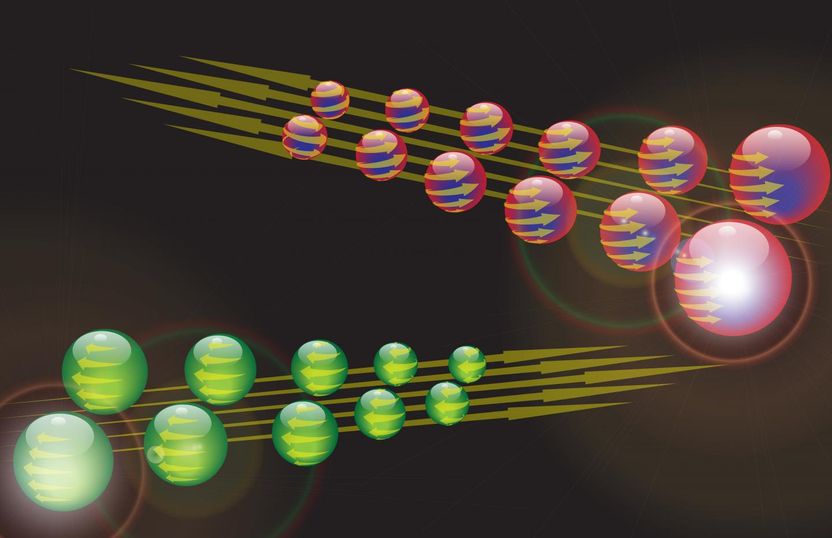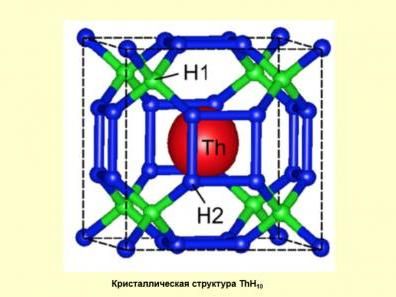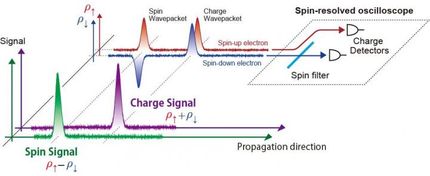Some superconductors can also carry currents of 'spin'
Advertisement
Researchers have shown that certain superconductors -- materials that carry electrical current with zero resistance at very low temperatures -- can also carry currents of 'spin'. The successful combination of superconductivity and spin could lead to a revolution in high-performance computing, by dramatically reducing energy consumption.

This is a conceptual image of spin current flow in a superconductor.
Jason Robinson
Spin is a particle's intrinsic angular momentum, and is normally carried in non-superconducting, non-magnetic materials by individual electrons. Spin can be 'up' or 'down', and for any given material, there is a maximum length that spin can be carried. In a conventional superconductor electrons with opposite spins are paired together so that a flow of electrons carries zero spin.
A few years ago, researchers from the University of Cambridge showed that it was possible to create electron pairs in which the spins are aligned: up-up or down-down. The spin current can be carried by up-up and down-down pairs moving in opposite directions with a net charge current of zero. The ability to create such a pure spin supercurrent is an important step towards the team's vision of creating a superconducting computing technology which could use massively less energy than the present silicon-based electronics.
Now, the same researchers have found a set of materials which encourage the pairing of spin-aligned electrons, so that a spin current flows more effectively in the superconducting state than in the non-superconducting (normal) state.
"Although some aspects of normal state spin electronics, or spintronics, are more efficient than standard semiconductor electronics, the large-scale application has been prevented because the large charge currents required to generate spin currents waste too much energy," said Professor Mark Blamire of Cambridge's Department of Materials Science and Metallurgy, who led the research. "A fully-superconducting method of generating and controlling spin currents offers a way to improve on this."
In the current work, Blamire and his collaborators used a multi-layered stack of metal films in which each layer was only a few nanometres thick. They observed that when a microwave field was applied to the films, it caused the central magnetic layer to emit a spin current into the superconductor next to it.
"If we used only a superconductor, the spin current is blocked once the system is cooled below the temperature when it becomes a superconductor," said Blamire. "The surprising result was that when we added a platinum layer to the superconductor, the spin current in the superconducting state was greater than in the normal state."
Although the researchers have shown that certain superconductors can carry spin currents, so far these only occur over short distances. The next step for the research team is to understand how to increase the distance and how to control the spin currents.

























































